Implants and emergences
Every week, we receive many impressions that include transfer cylinders to be used in making implant-supported prostheses. Designed to show the exact position of the implant in situ, these cylinders nevertheless have the defect of not being able to precisely reflect the shape of the soft tissue around the implant site.
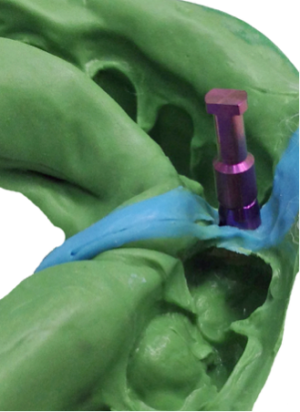
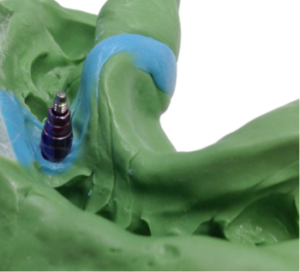
Once the impression reaches the laboratory, flexible material is placed around the cylinder, to emulate the physical properties of the gums, and a stone model is then cast. Most of the time, this gives straight, cylindrical access to the implant replica.
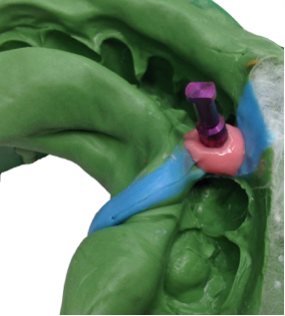
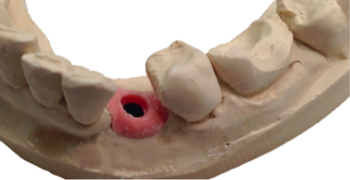
If the gum on the model is not modified, the form of the crown will be far from ideal. Since it is preferable to avoid horizontal overhangs (ridgelaps) on the tissue around the implant, the crown will look strangely like it is on stilts, displaying a cervical third that is tapered down significantly to rest on the implant past the gum line, especially when the implant is deeply sub-gingival.
The dental technician must therefore sculpt the gum on the model to give the crown the proper emergence profile, which will serve to create the illusion of a natural tooth. Of course, this could force the dentist to have to work on the soft tissue in the mouth to alleviate tension that will inevitably occur during final installation of the restoration.
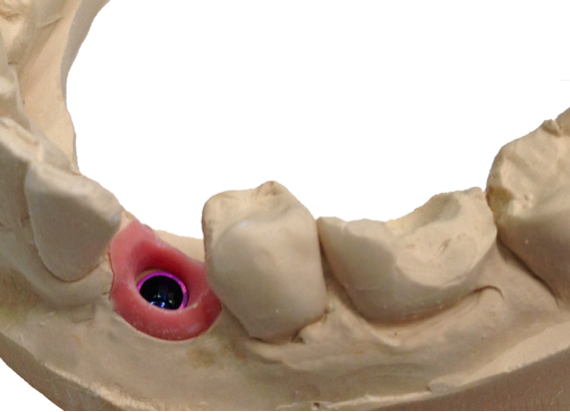
A study of the configuration of the tissue around the implant site is a virtual prerequisite for a fixed partial denture to be an esthetic and hygienic success.
f the implant site is already configured in the mouth—because of a gum pre-formed by provisional restoration, for example—it can be reproduced by adding acrylic around the transfer cylinder to match the emergence surface of the natural soft tissue. It is important, however, not to place too much acrylic near the exterior end of the cylinder, so as not to interfere with the integration and positioning of the cylinder in the polysiloxane.
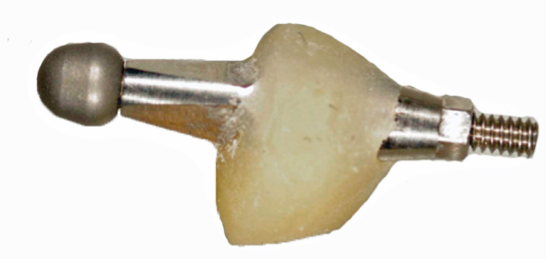
The library
Our bimonthly newsletter The Word covers various topics related to the dentist‑technician relationship. For anyone interested in the subject or wanting to brush up on their reading, all issues can be found in the Newsletters section of our website, with the most recent listed first, and are searchable by key word.





